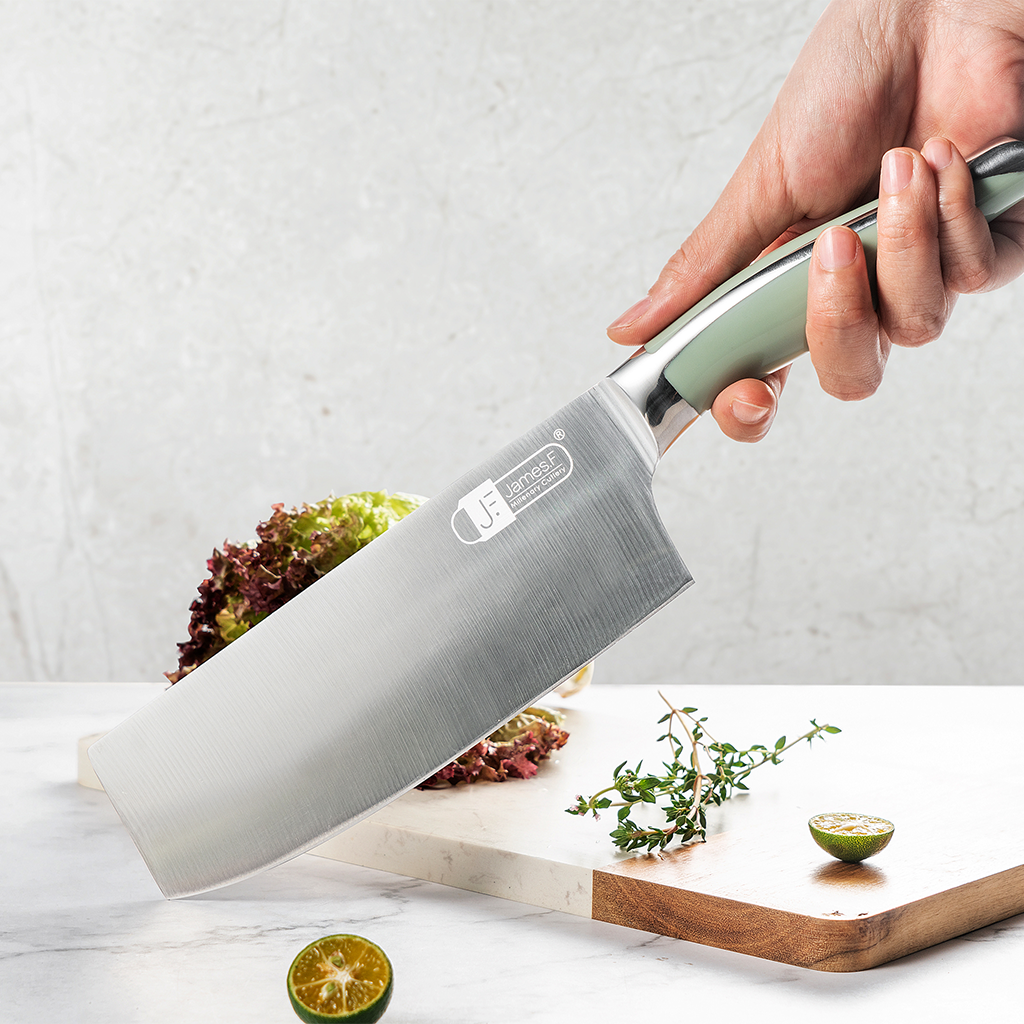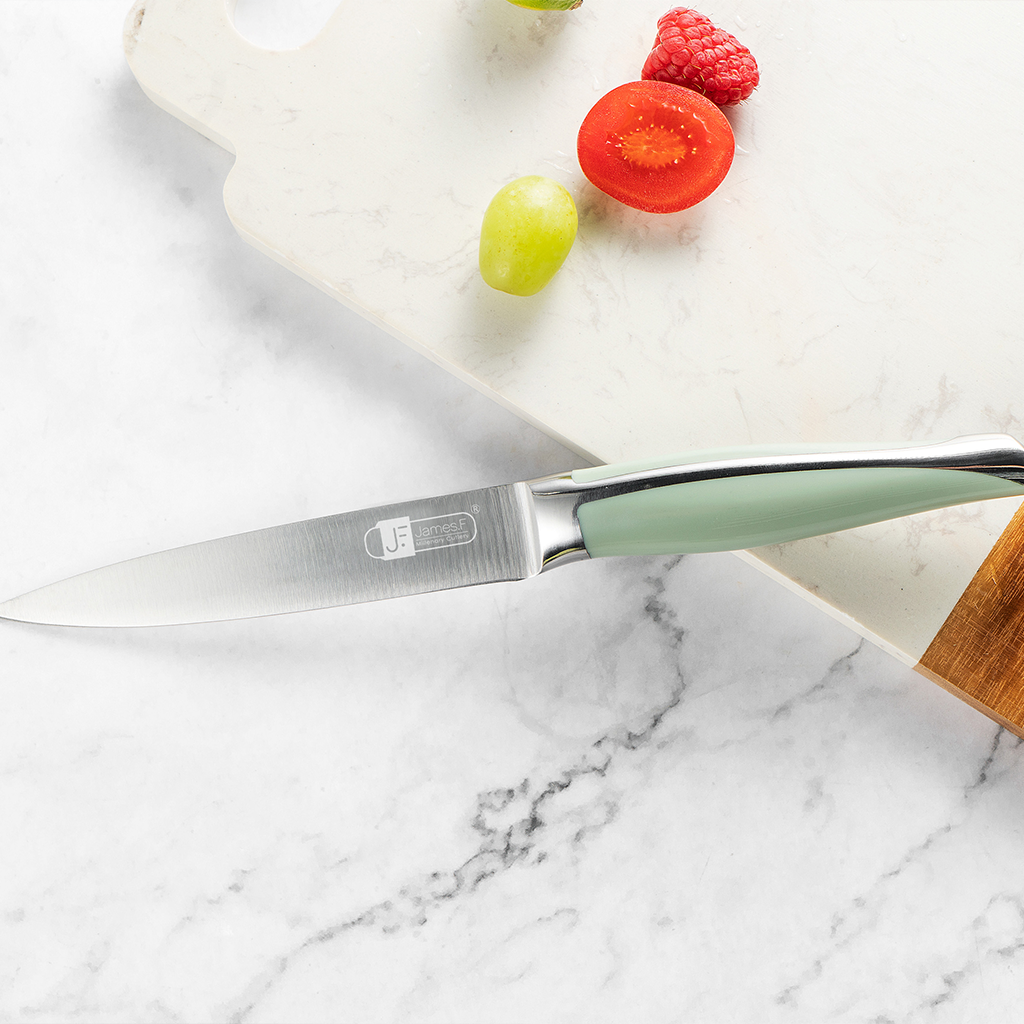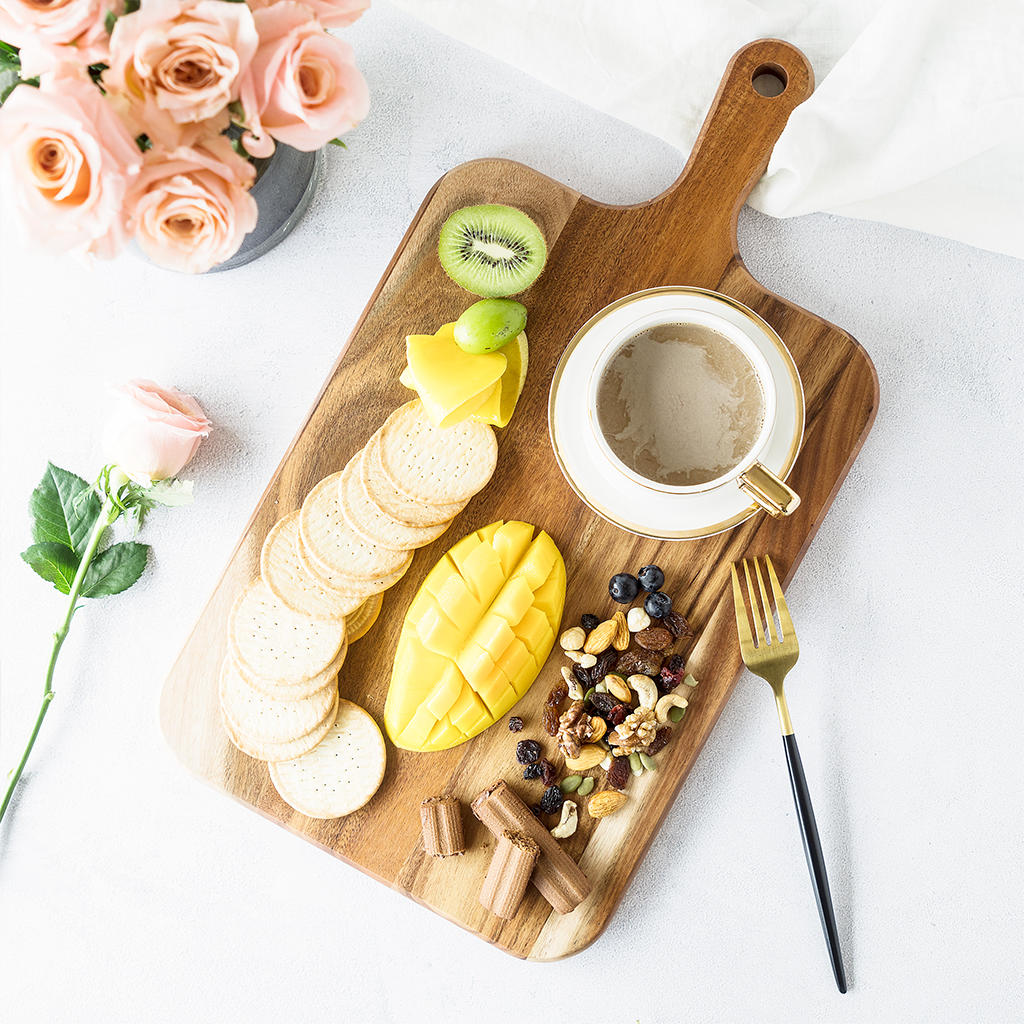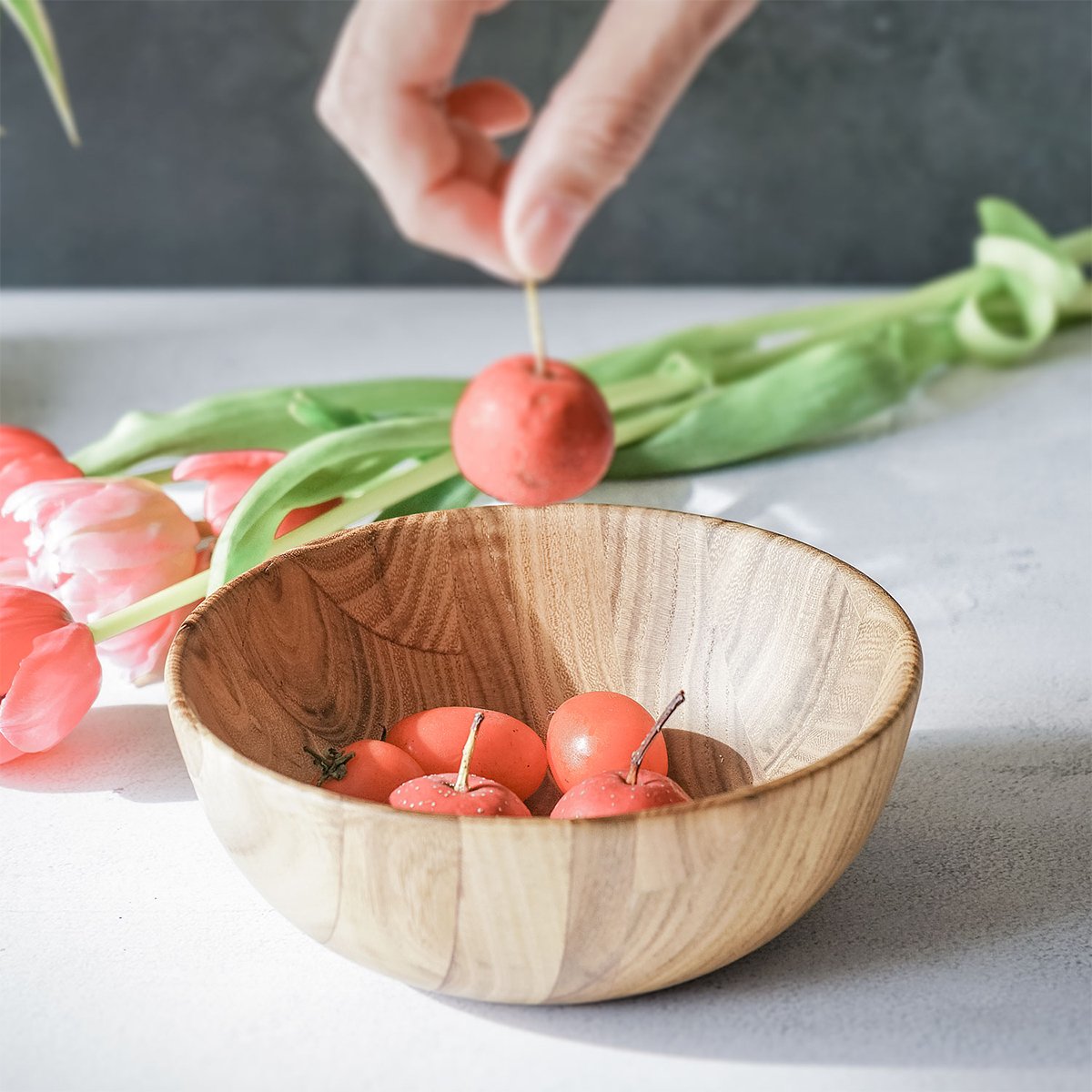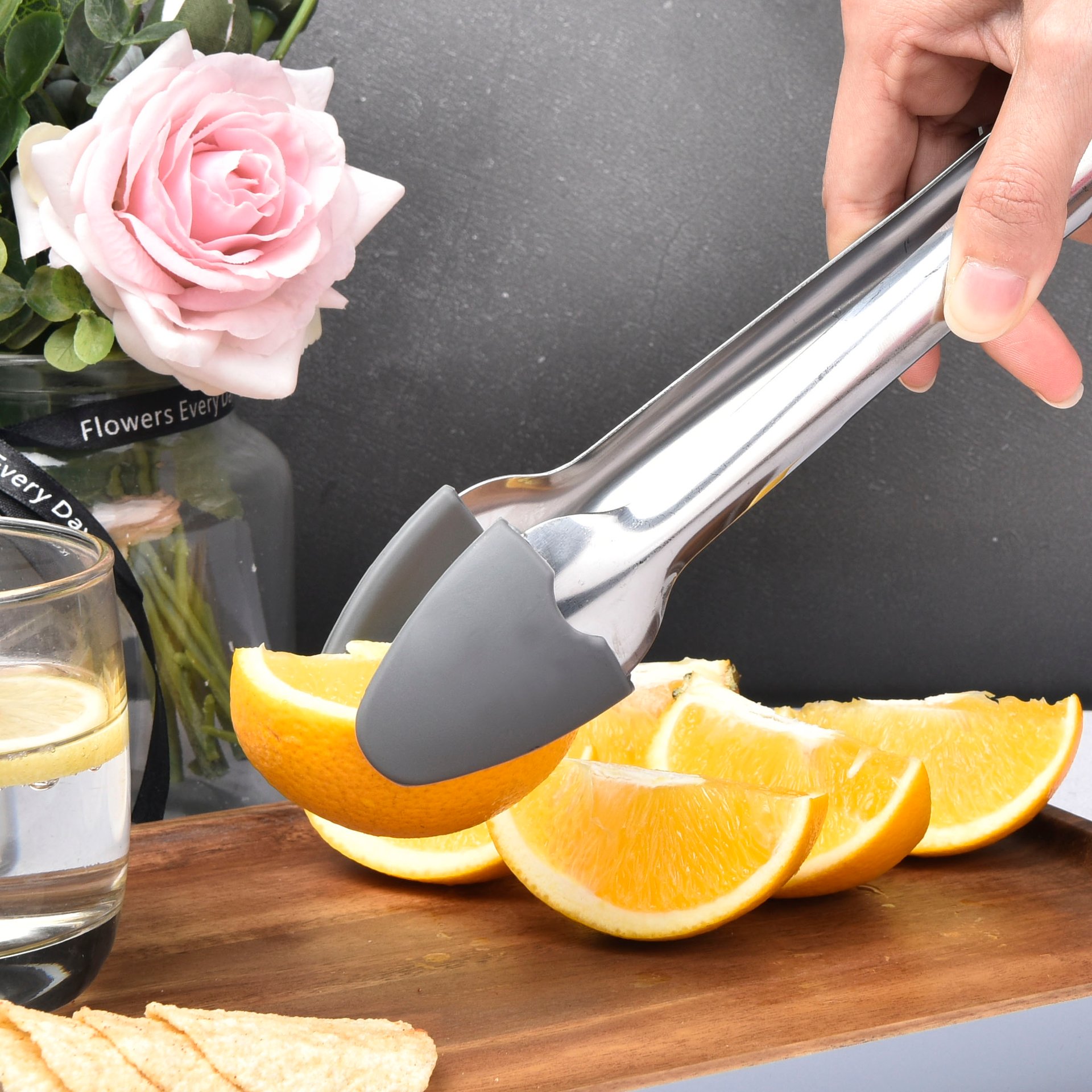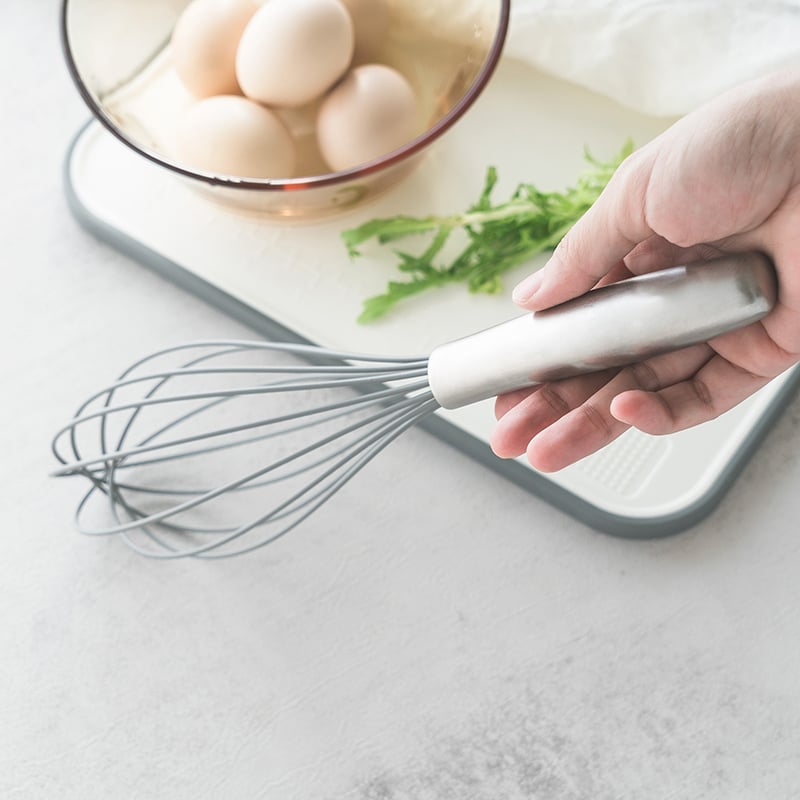Is Acacia Wood Good for a Cutting Board? Find Out Here
When it comes to choosing a cutting board, there are plenty of options available in the market. One popular choice among homeowners and chefs alike is acacia wood. But is acacia wood really a good option for a cutting board? In this article, we will explore the various aspects of acacia wood and its suitability as a cutting board material.
The Beauty of Acacia Wood
Acacia wood is renowned for its natural beauty and durability. It is a type of hardwood that is native to Australia, Africa, and Asia. The wood is known for its distinctive grain patterns, ranging from light to dark brown, which adds an elegant touch to any kitchen.
Aside from its aesthetics, acacia wood is also highly durable. It is resistant to warping and cracking, making it an excellent choice for a cutting board that will withstand the test of time.
Natural Antibacterial Properties
One of the major advantages of acacia wood as a cutting board material is its natural antibacterial properties. Studies have shown that acacia wood possesses antimicrobial properties, which help inhibit the growth of bacteria on its surface.
This property makes acacia wood an excellent choice for a cutting board, as it helps prevent cross-contamination and keeps your food safe from harmful bacteria.
Knife-Friendly Surface
Another benefit of using acacia wood as a cutting board is its knife-friendly surface. Unlike harder materials like glass or ceramic, acacia wood is gentle on knife blades, reducing the chances of them becoming dull quickly.
The natural resilience of acacia wood ensures that it absorbs the impact of the knife, protecting both the blade and the cutting board itself.
Low Maintenance
When it comes to maintaining a cutting board, ease of care is an important factor to consider. Acacia wood scores high in this aspect as well. It requires minimal maintenance to keep it in top shape.
To clean an acacia wood cutting board, simply wash it with warm soapy water, rinse thoroughly, and towel dry. It is also recommended to periodically apply a food-grade mineral oil to keep the wood hydrated and prevent it from drying out.
Resistant to Moisture
Moisture resistance is another key characteristic of acacia wood that makes it suitable for a cutting board. The natural oils present in acacia wood help repel water, reducing the chances of warping or cracking.
However, it is important to note that although acacia wood is resistant to moisture, it is not entirely waterproof. It is still advisable to avoid soaking the cutting board in water for prolonged periods.
Environmentally Friendly Choice
For those who are conscious about the environment, acacia wood is a great choice for a cutting board. Acacia trees grow at a rapid pace, making them a highly sustainable resource.
Furthermore, acacia wood is often sourced from responsibly managed plantations, ensuring that its production does not contribute to deforestation or habitat destruction.
Versatile and Stylish
Acacia wood cutting boards come in a variety of sizes and shapes, allowing you to choose one that suits your needs and preferences. Whether you prefer a large board for heavy-duty chopping or a smaller board for everyday use, there is an acacia wood cutting board for everyone.
Additionally, acacia wood cutting boards can double as serving boards, adding a touch of elegance to your dining table when you're hosting guests.
Conclusion
In conclusion, acacia wood is indeed a good choice for a cutting board. Its natural beauty, durability, antimicrobial properties, knife-friendly surface, low maintenance requirements, moisture resistance, environmental friendliness, and versatility make it an excellent option for both professional chefs and home cooks.
Investing in a high-quality acacia wood cutting board will not only enhance the aesthetics of your kitchen but also provide you with a reliable and long-lasting tool for all your culinary needs.

